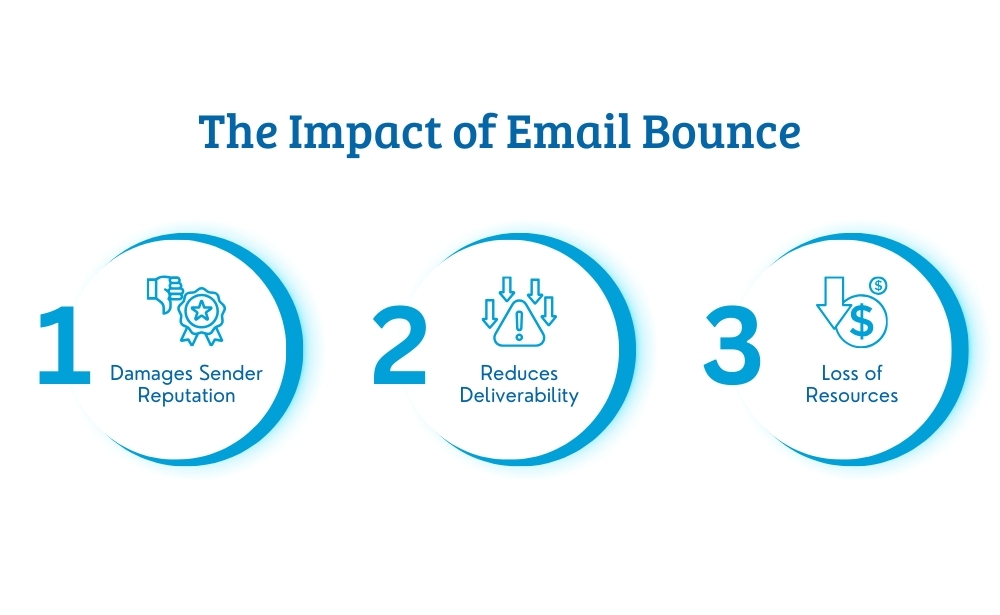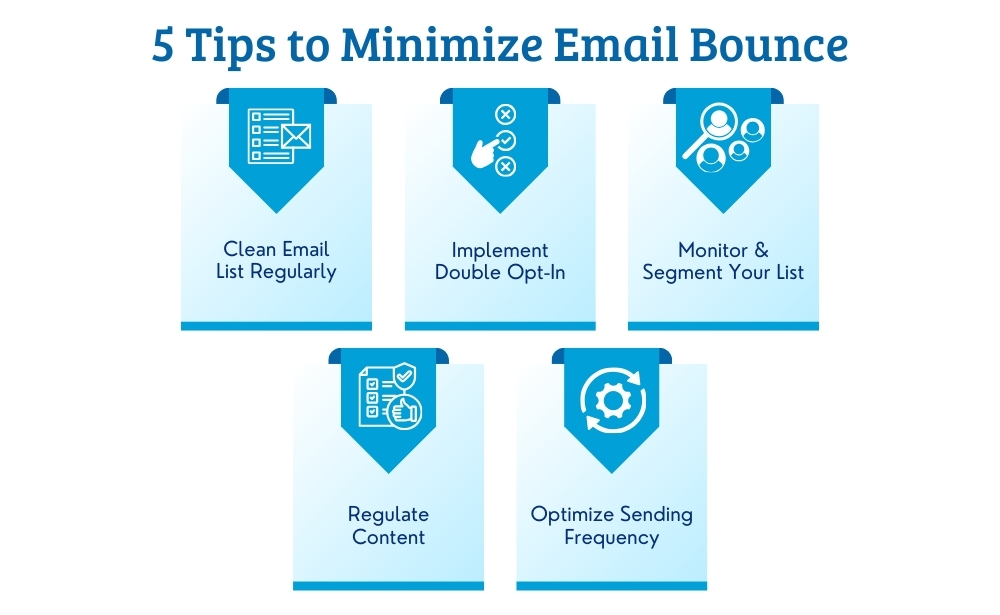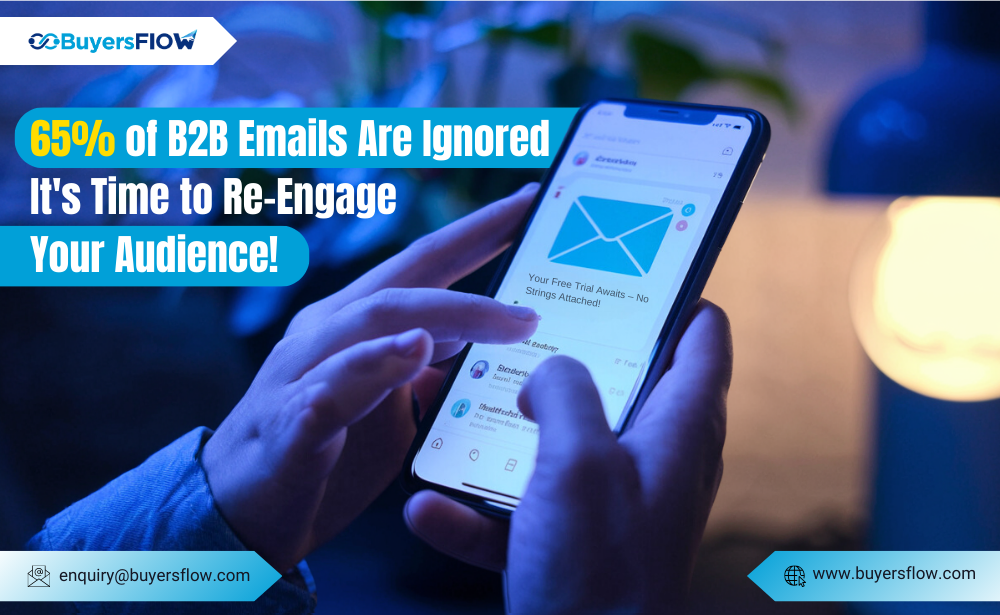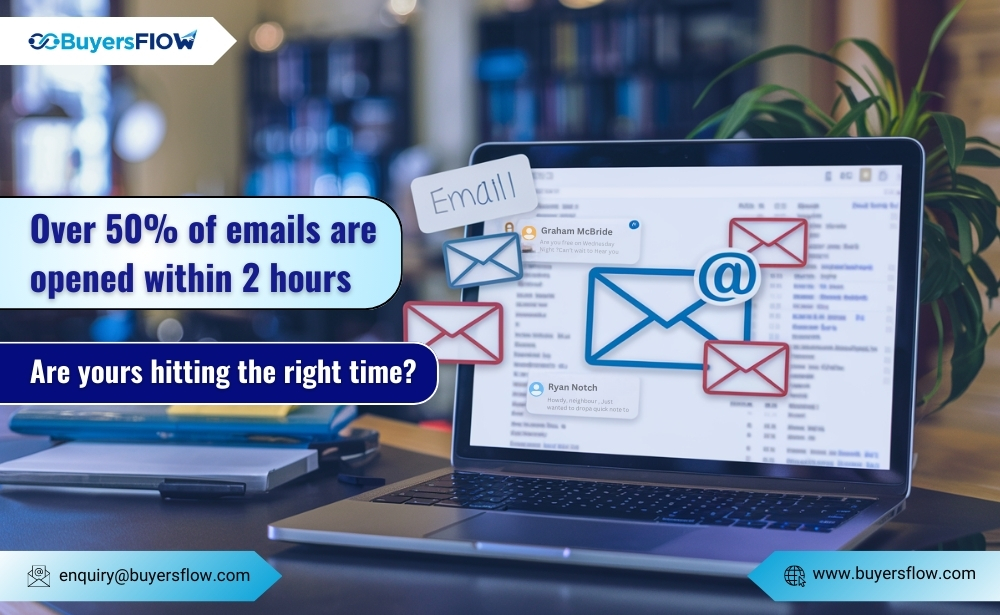One of the most frustrating challenges marketers face is the dreaded “email bounce.” Whether you’re sending out newsletters, promotional offers, or important updates, encountering a high bounce rate can significantly impact the effectiveness of your campaigns. But what exactly is email bounce, and how can you minimize it to ensure your messages reach your audience?
In this blog, we’ll explore the impact of bounce rates in email marketing campaigns and share practical tips to help you keep your bounce rate in check.
What is Email Bounce?
Simply put, an email bounce occurs when an email is sent but cannot be delivered to the recipient’s inbox. This can happen for a variety of reasons, and bounces are generally classified into two categories:
- Soft Bounce: This is a temporary issue where the email reaches the recipient’s mail server but is bounced back for reasons like a full inbox, a temporary server issue, or a message that is too large. Soft bounces can often resolve themselves once the temporary issue is addressed.
- Hard Bounce: This is a more permanent issue where the email cannot be delivered because the recipient’s email address is invalid, the domain doesn’t exist, or the server has blocked the email. Hard bounces are a sign that the email address is unusable and should be removed from your list.
The Impact of Email Bounce on Your Marketing Campaigns
A high bounce rate can hurt your marketing campaigns in several ways:
1. Damage to Your Sender Reputation:
- Email service providers (ESPs) track the sender’s reputation based on how often the emails are delivered, opened, and interacted with. A high bounce rate signals to ESPs that you might be sending spam or not maintaining a clean email list, which can lead to your emails being marked as spam or blocked entirely.
2. Reduced Deliverability:
- When the sender’s reputation is compromised, your future emails are more likely to end up in the spam folder, reducing the chances of your audience seeing them. This directly impacts your campaign’s success, as lower deliverability means fewer people will engage with your content.
3. Wasted Resources:
- Every email that bounces back is a wasted opportunity. Not only does it mean your message didn’t reach its intended target, but it also costs you in terms of time, effort, and sometimes money, especially if you’re paying for a service based on the number of emails sent.
How to Minimize Email Bounce
Minimizing bounced emails is crucial for maintaining a healthy email list and ensuring the success of your marketing campaigns. Here are some actionable tips to help you reduce your bounce rate:
1.Regularly Clean Your Email List:
- Periodically remove invalid or inactive email addresses from your list. Use email verification tools to identify and remove addresses that are likely to cause hard bounces.
2.Use Double Opt-In:
- Implement a double opt-in process where subscribers must confirm their email address before being added to your list. This helps ensure that you’re only adding valid and engaged users.
3. Monitor and Segment Your List:
- Pay attention to engagement metrics and segment your list based on activity. Regularly engage with your active subscribers and consider re-engagement campaigns or removing those who haven’t interacted with your emails in a while.
4. Keep an Eye on Your Content:
- Ensure that your emails are not being flagged by spam filters. Avoid using spammy language, excessive exclamation marks, or all-caps text in your subject lines and content.
5. Test and Optimize Your Sending Frequency:
- Sending too many emails can overwhelm recipients and lead to higher bounce rates. Try different methods and find a balance that keeps your audience engaged without causing them to opt-out or mark your emails as spam.
Conclusion
Email bounce is more than just a minor inconvenience—it can significantly impact the success of your marketing campaigns. By understanding the causes and implementing strategies to minimize them, you can protect the sender’s reputation, improve deliverability, and ensure your messages reach the right audience.
At BuyersFlow, we understand the challenges of email marketing and offer advanced tools to help you optimize your campaigns. From email list management to segmentation and content automation, our platform is designed to minimize bounce rates and maximize your marketing ROI. Start your free trial with BuyersFlow today and take control of your email marketing!








